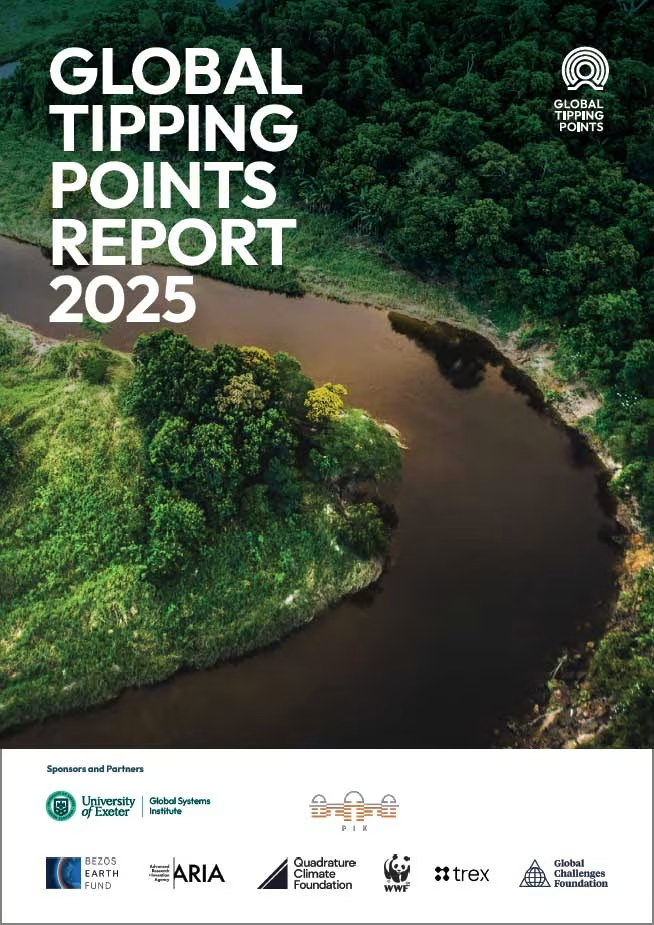What are peatlands?
Peatlands, often overlooked yet vital ecosystems, are defined by their peaty soil containing trapped organic carbon. They play crucial roles globally, from storing carbon and preserving biodiversity to regulating water supply and quality. Despite covering only 3% of the Earth’s land area, they store nearly 30% of the world’s soil carbon. However, human activities like agriculture and forestry pose threats to peatlands, leading to degradation and conversion. Peatlands also serve as critical barriers against zoonotic diseases and play a significant role in mitigating climate change. Addressing these challenges requires global partnerships and concerted efforts to conserve, restore, and sustainably manage peatlands.
Key Messages
- Peatlands, though often overlooked, are crucial ecosystems with diverse names like bog, fen, and marshes, covering various regions worldwide.
- They store significant amounts of carbon, twice as much as the world’s forests, making them vital for global climate stability.
- Peatlands are biodiversity hotspots, serving as habitats for vulnerable and endangered species while playing a critical role in maintaining water quality and regulating supply.
- Human activities such as drainage and conversion for agriculture and forestry pose severe threats to peatlands, leading to carbon release, biodiversity loss, and impacts on water resources.
- Partnerships, knowledge sharing, and financial mobilization are essential for conserving, restoring, and sustainably managing peatlands to address climate change, biodiversity loss, and human health concerns.
5 Facts About Peatlands
- Peatlands store nearly 30% of the world’s soil carbon, despite covering only 3% of the global land area.
- Activities like drainage and conversion of peatlands contribute to approximately 5% of global anthropogenic CO2 emissions.
- Intact peatlands serve as critical barriers against zoonotic diseases and play a significant role in mitigating flooding, droughts, and erosion.
- Peatlands are biodiversity hotspots, hosting vulnerable and endangered species like orangutans and tigers, while providing essential ecosystem services like water filtration and regulation.
- Global efforts through partnerships like the Global Peatlands Initiative (GPI) aim to conserve, restore, and sustainably manage peatlands to address climate change, biodiversity loss, and human health crises.
Drawing on case studies from the Peruvian Amazon, Indonesia and the Congo Basin, this paper makes clear the critical role that peatlands play in maintaining the health of our planet, bringing to light the multitude of ecosystem services that they provide, while flagging key priority areas for policymakers going forwards. This White Paper is supported by UNEP and Global Peatlands Initiative.
Watch the corresponding session that took place at the GLF Biodiversity Digital Conference: One World – One Health here: Tackling the risks of wildlife-borne disease pandemics – policy and investment priorities






